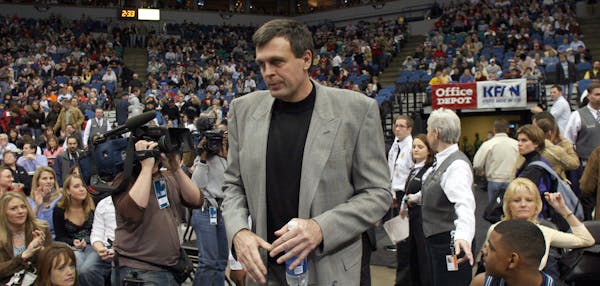Sports fans tend to cling to long-held beliefs about their teams, for better or worse. This week, we are exploring five of them to determine whether fact or fiction rules the day. Today: Stadiums cure everything.
With the Vikings' new stadium slated to open in 2016, local sports fans will soon enjoy a plethora of great gameday experiences.
The as-yet unnamed stadium will join Target Field as posh downtown bookends. St. Paul started the renaissance with the Xcel Energy Center and in between sits TCF Bank Stadium.
And don't forget an unprecedented facilities development plan by the Gophers athletic department. Added together, the price for these pro and college venues exceeds $2 billion.
So where is the on-field return in investment? The Twins and Wild have combined for two division titles, five playoff appearances (four by the Wild) and five home playoff victories (all by the Wild). The Gophers football program has gone a combined 18-32 in the four seasons since TCF Bank opened.
The reality is, while new stadiums are built to be symbolic of a new era for the home team and its fans, success takes more than cash, cranes and concrete. New stadiums can provide immediate and lasting benefits to a program or community, but winning remains a fickle pursuit.
The Twins won the American League Central in 2010 but are flirting with 100 losses for the third consecutive year. The first-year marks for average attendance (39,798) and home victories (53) have not been matched since.
The Wild and Gophers also took turnstile hits recently. The Wild's home sellout streak ended early in the 2010-11 season — the third of four consecutive playoff-less years. And after buying up 10,000 season tickets in 2009, U of M students purchased fewer than 6,000 two seasons later.
The sugar rush-like allure of a new stadium will reach new heights in 2016 when the Vikings unveil their new home. But fans are less likely than ever to return in droves for a product that doesn't match the packaging.
David La Vaque

